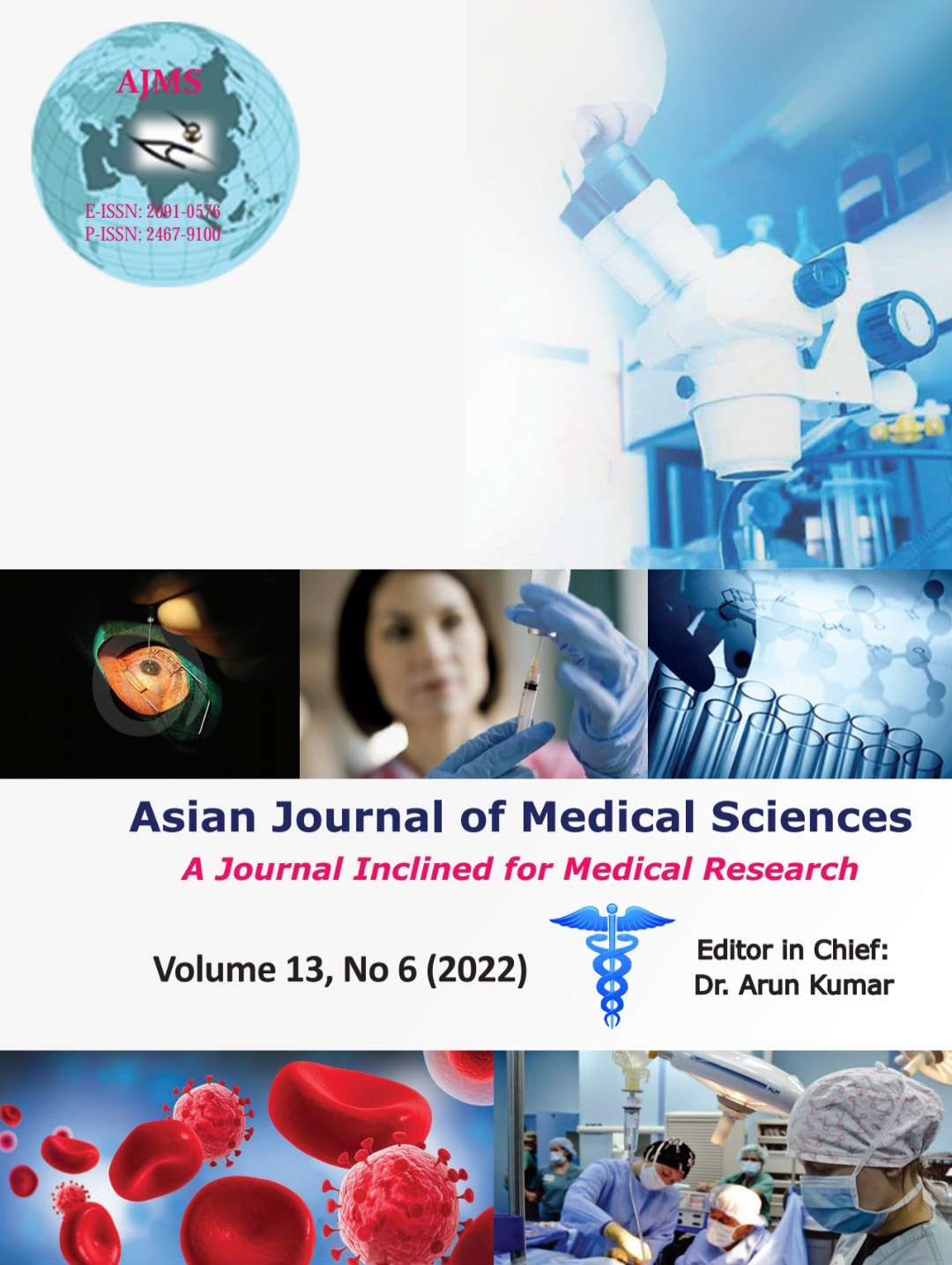Do clinical practice guidelines for the prevention of pressure ulcers really prevent pressure ulcers? An analysis of the guidelines
Keywords:
Guidelines, Risk assessment, Pressure ulcersAbstract
This review article aims to analyze sections of the 2012 Australian Wound Management Association, Pan Pacific, Clinical Practice Guideline for the Prevention and Management of Pressure Injury, the “Guide,” mandated for use in all Australian residential aged care facilities to explain why pressure ulcers still occur, I considered two sections of the “Guide:” a) “Assess all patients as soon as possible following admission to service and within a minimum of 8 h;” and b) “Implement a prevention plan – strategies for patients at high risk: Use a high specification foam reactive (constant low pressure) support surface OR consider using an (active alternate pressure) support surface.” Nowhere in the “Guide” is there an explanation for a) “Assessing all patients as soon as possible following admission and within a minimum of 8 h.” Similarly, there is no explanation for why b) “a high specification foam reactive (constant low pressure) support surface” is recommended to prevent pressure ulcers. The evidence for screening “within a minimum of 8 h,” does not consider the speed at which pressure ulcers develop. If the resident is lying in one position for 30 min or more and a “constant low pressure” mattress is used, residents may still develop pressure ulcers because a “constant low pressure” does not relieve pressure.
Downloads
Downloads
Published
How to Cite
Issue
Section
License
Copyright (c) 2022 Asian Journal of Medical Sciences

This work is licensed under a Creative Commons Attribution-NonCommercial 4.0 International License.
Authors who publish with this journal agree to the following terms:
- The journal holds copyright and publishes the work under a Creative Commons CC-BY-NC license that permits use, distribution and reprduction in any medium, provided the original work is properly cited and is not used for commercial purposes. The journal should be recognised as the original publisher of this work.
- Authors are able to enter into separate, additional contractual arrangements for the non-exclusive distribution of the journal's published version of the work (e.g., post it to an institutional repository or publish it in a book), with an acknowledgement of its initial publication in this journal.
- Authors are permitted and encouraged to post their work online (e.g., in institutional repositories or on their website) prior to and during the submission process, as it can lead to productive exchanges, as well as earlier and greater citation of published work (See The Effect of Open Access).




